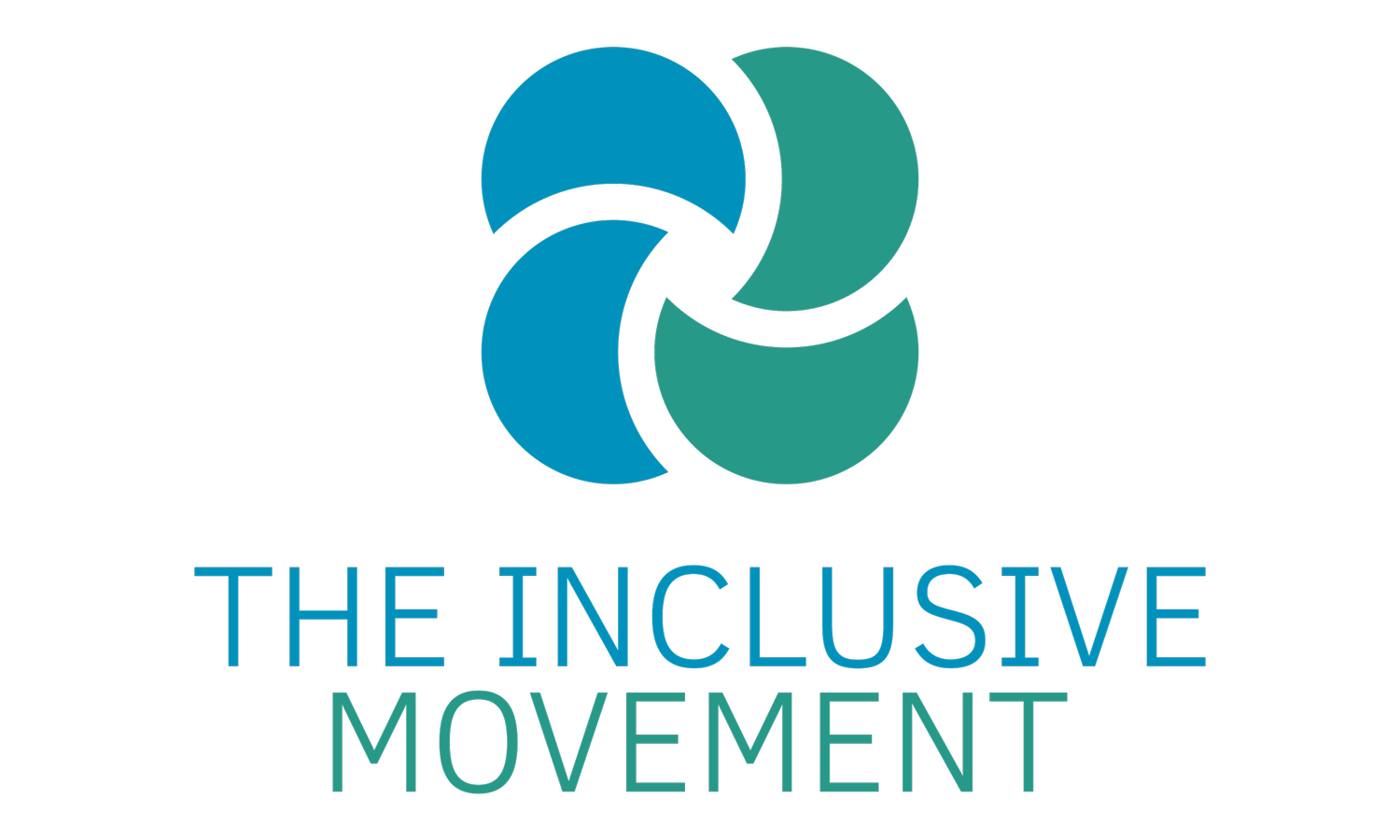What is Lego therapy?
Lego therapy is a social development program for autistic children and other children with social communication difficulties. It uses children’s love of Lego play, as well as their strengths and interests, to develop communication and social skills.
Who is Lego therapy for?
Lego therapy is for autistic children and other children aged 6-16 years who have social communication difficulties.
What is Lego therapy used for?
Lego therapy is used to help children learn skills like turn-taking, sharing, listening, conversation, teamwork, shared attention and problem-solving.
Where does Lego therapy come from?
Lego therapy was developed in the early 2000s by Dan LeGoff, a clinical neuropsychologist in Philadelphia in the United States. LeGoff noticed that many autistic children were more interested in interacting with each other if they were playing with Lego. He set up groups for autistic children to learn social skills while playing collaboratively with Lego.
What is the idea behind Lego therapy?
When children play with Lego, they’re more likely to interact with each other through collaborative play. Children who might not be keen to go to a social group might go to a Lego group, because they like building with Lego. The shared focus on building uses children’s strengths and helps them practise communication and social skills while having fun.
What does Lego therapy involve?
Trained facilitators run Lego therapy group sessions. The sessions usually run once a week for 1-2 hours, often in schools or other everyday settings.
In each session, children work together to build a model following instructions. Each child is assigned a role.
There’s usually:
an engineer, who has the instructions
a supplier, who has the bricks
a builder, who builds the model
a foreman or director, who makes sure everyone works as a team.
The children take turns playing the different roles, and together they build the model. Towards the end of the session the children have some time to build whatever they want.
This way of working encourages children to use verbal and nonverbal communication skills, take turns, share and use problem-solving skills.
Our programs run per school term, based on expressions of interest.
